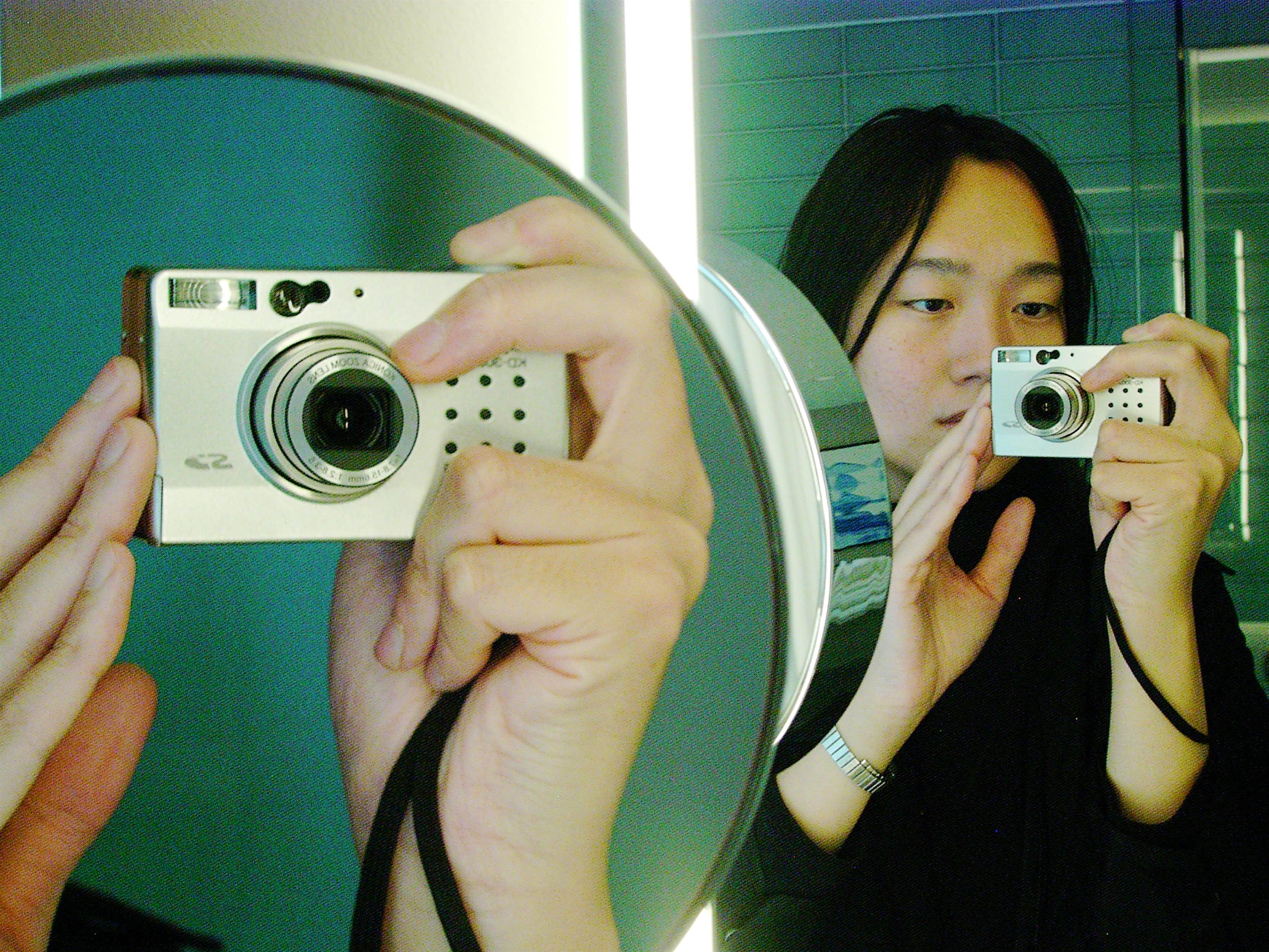Table of Contents
Outside camera flashes, whether used connected to your electronic camera's hot-shoe or utilized off-camera, can give you far more adaptability. For one, they allow you to intend the light as opposed to have it blowing up directly on your subject. This permits you to bounce the light off a nearby surface area like a ceiling or wall surface.

There are additionally a variety of flash diffusers readily available for external flashes that will certainly assist you soften the light without having to bounce it off a surface area. If you aren't prepared to buy an exterior flash, there are much less pricey choices for diffusing the light from your camera's integrated flash.
Relying on the appearance you intend to attain, you may want to explore using flash as a stylistic tool. There's a great deal even more to lighting than just ensuring you have sufficient of it. You can likewise utilize light in a variety of interesting manner ins which can absolutely transform the mood of your images.
For instance, some strategies you might experiment with consist of: The golden hour is what photographers call the time following dawn and prior to sundown. This is when you can catch scenes bathed in golden-hued lightwhich creates a gorgeous picture. Considering that the sun is reduced in the skies, every topic will cast really long shadows that can produce a dramatic result.
Getting The Photography To Work
Have a look at this overview to find out all the ins and outs of shapes: Shape Photography 101: Master The Basics. Shooting in areas or times when there's great deals of intense light and shadows can produce a fascinating picture with great deals of comparison. Look for things that cast interesting shadows onto your scene such as home window blinds or a fencing.
Photography is 40% post-production. This was the exact same of film digital photography, when in darkrooms digital photographers would utilize filters to alter contrast, or evade and burn to produce focal factors.
If you do not have accessibility to Photoshop and aren't wanting to invest the cash on it, there are lots of complimentary Photoshop choices. Whatever photo editing and enhancing software application you use, there's one regulation that continues to be continuous: you must use a light touch when making adjustments. Inexperienced professional photographers often tend to go crazy throughout modifying.

If you make also many drastic adjustments, the final result won't look realistic (if realistic is what you are going for) and your touch-ups will certainly be distractingly evident - photographs. Relying on the electronic camera's automatic setups is an additional thing that will certainly hold you back in bettering your abilities. While it might work fine at times, you will not have virtually as much flexibility to obtain imaginative with your photography or take care of one-of-a-kind circumstances
8 Easy Facts About Photography Shown
Style has virtually 100 themes supplying thousands of design variables. Utilizing the professional photography pointers above, you must be able to vastly improve your outcomes without investing any kind of cash.
The best way to keep improving is to practice typically, make blunders and be open to gaining from others, whether they're well-established professional photographers or newbies to the craft. The regulation of thirds is based upon the concept that photos are generally much more intriguing and well balanced when they aren't centered.
Photography Fundamentals Explained
The eyes specifically are an essential face attribute, and they're often the very first thing individuals consider, specifically when it pertains to close-ups and headshots. With this in mind, your topic's eyes need to be your primary factor of focus. Typically speaking, the background should be as easy and mess free as feasible to make sure that it doesn't draw the viewer's focus far from the major subject of the photo.
ISO regulates the electronic camera's level of sensitivity to light. A reduced ISO setting implies the video camera will be much less delicate to light, while a greater ISO indicates it will be much more delicate to light. Aperture is the opening in your lens and regulates just how much light obtains via to the video camera's sensing unit in addition to the deepness of area.
Some Known Questions About Photography.
A larger aperture (shown by a lower f-number) allows even more light with, however has a superficial deepness of area. photographers. While a smaller aperture (suggested by a greater f-number) lets less light via, however has a deeper depth of area. When shooting portraits, whether of individuals or pets, your subject must be the main emphasis of the picture and the most effective way to achieve this is to utilize a larger aperture
Navigation
Latest Posts
Photography Things To Know Before You Get This
The Main Principles Of Photography